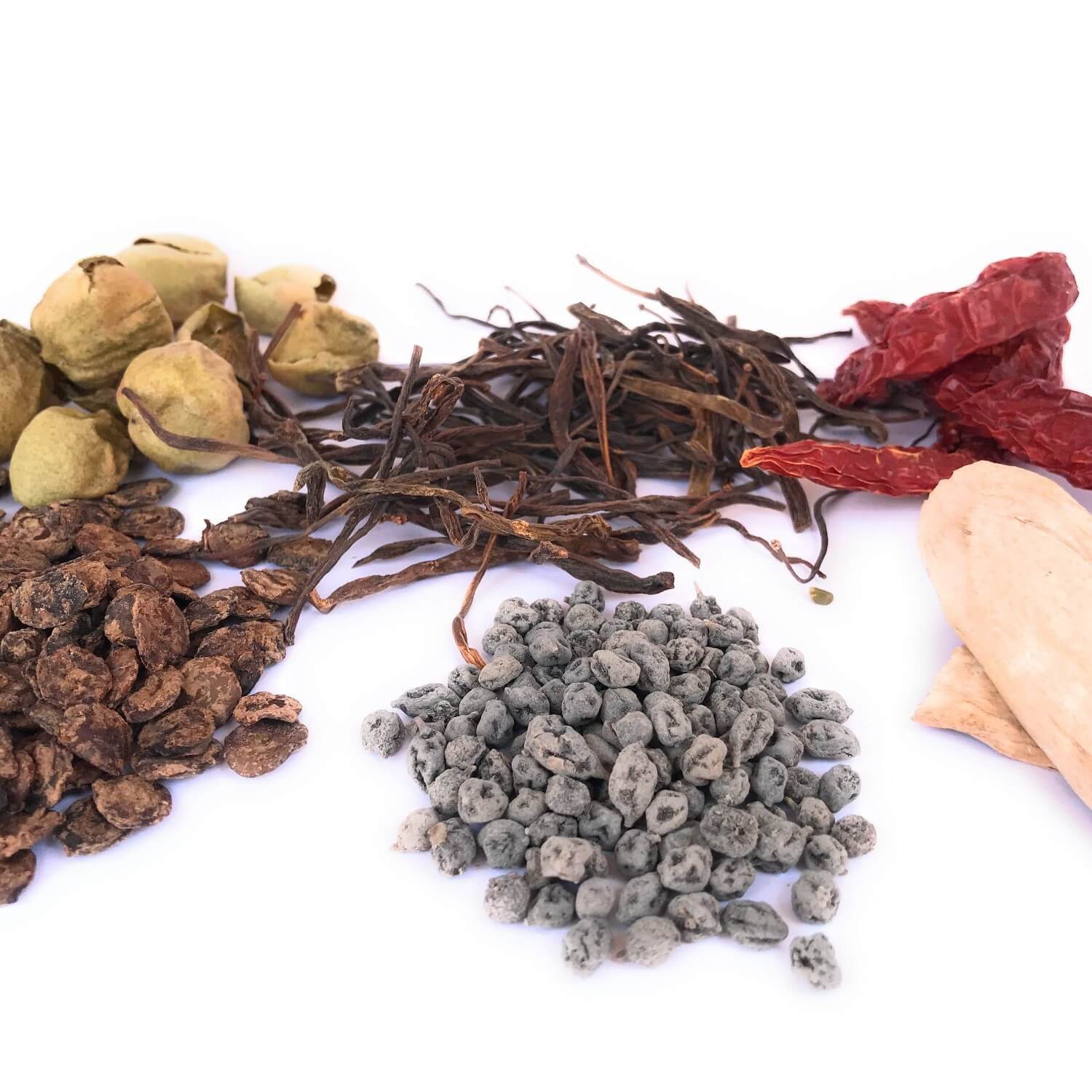Sun-Kissed Superfoods: The Nutrient-Rich Dried Vegetables of Rajasthan
Beyond the shimmering mirages and endless sands of Rajasthan lies a culinary treasure trove waiting to be discovered. Here, amidst the scorching beauty of the Thar Desert, thrives a unique array of sun-dried vegetables, bursting with nutrients and flavor. These are not just ingredients; they are a testament to the ingenuity and respect for nature that has long defined the Marwari people.
Dried vegetables hold significant importance in Rajasthan, particularly in the desert areas, where they are widely consumed. These bioorganic food products are obtained without the use of chemical depositions and pesticides, making them a healthier and more natural option. The cultivation process involves minimal human interference, contributing to the organic nature of these dried vegetables.
One popular dried dish in the Thar desert region is Panchkuta. This dish is prepared without using water, ensuring its long shelf life, and it can be conveniently carried during travels. The absence of water in the preparation process also contributes to its suitability for preservation over an indefinite period.
The Thar desert’s reliance on dried food products becomes particularly crucial during times of drought and famine. The efficiency of preserving these foods in their dry format makes them a valuable resource in ensuring food security in challenging environmental conditions.
Some very common dried edible materials of Rajasthan have been discussed in this post:
Panchkuta
Panchkuta, a traditional dish from Rajasthan, gets its name from its five key ingredients: Kair, Sangri, Amchur, Goonda, and Kumta. The preparation involves using pods of Sangri (Prosopis cineraria), seeds of Kumta (Acacia senegal), fruits of Kair (Capparis decidua), raw-dried slices of Aam (Mangifera indica), and fruits of Goonda (Cordia myxa). These ingredients are crushed, mixed, and fried after adding various condiments to enhance the flavor.
Panchakuta is a valuable source of carbohydrates, protein, vitamins, fiber, minerals (calcium, phosphorus, iron, zinc, and magnesium), antioxidants (carotenoids, ascorbic acid, and flavonoids), phenols, tannins, saponins, and other phytochemicals.
This unique sabzi can be stored for an extended period without spoilage, making it a versatile addition to meals. Panchkuta can be enjoyed during breakfast, lunch, or dinner, showcasing its adaptability in various culinary scenarios. It holds a special place in Rajasthani wedding ceremonies and celebrations, often featuring on the menu of parties and functions.The dish’s widespread use reflects its significance and popularity in the culinary traditions of Rajasthan.
Sangri
Khejri, a medium-sized, deep-rooted prickly tree, is discovered in arid regions, particularly across the Thar desert. The edible fruits (pods) of Khejri, scientifically known as Prosopis cineraria, are referred to as ‘Sangri’ in Rajasthan. Known for its delightful taste, Sangri holds significant utility during periods of drought and famine.
This hardy tree, Khejri, has been a vital source of survival food in arid regions for centuries. Sangri, once plucked, undergoes a process of drying and careful storage, ensuring its availability throughout the year. In Rajasthan, Sangri is not only a food source but also a culinary gem, featuring in subzi, acting as an ingredient in Panchukta, and contributing to the preparation of kadi and pickle.
The utilization of Sangri highlights its adaptability in various culinary contexts, making it a key element in the gastronomic traditions of the Thar desert region.
Kumtha
Kumtha is a medium-sized tree with yellow fruits in heads. Its pods play a crucial role when eaten with ‘kair’ and ‘Sangri,’ contributing significantly to the Panchkuta vegetable. The dried seeds of Kumtha are edible and hold importance, particularly in the desert areas of Rajasthan.
Kair
Kair thrives in arid and semi-arid regions of Rajasthan, offering high nutritional value. The versatile nature of Kair is evident as it is used both in its fresh green and ripen forms, as well as in its dried state. In the realm of culinary creations, dried Kair takes center stage as the main ingredient in the preparation of Panchkuta sabji.
The fruits of Kair are not only utilized for immediate consumption but are also preserved as pickles, becoming a popular choice in the desert area. To ensure the best flavor, the fruits of Capparis are preserved by soaking them in brine or buttermilk for several days, effectively eliminating any bitterness, before being sundried. This preservation process adds to the culinary richness of the region, showcasing the resourcefulness and ingenuity in utilizing local produce.
Goonda
With its sour flavor, Goonda is a key ingredient in the Panchkuta vegetable. Fresh and green Goonda are employed in the creation of pickles and various vegetable dishes. Furthermore, the dried form of Goonda is also utilized as a food source throughout the entire year.
Kachri
Kachri, a wild species of cucumber, is valued for its richness in protein. Primarily used as a vegetable, it undergoes sun-drying after the removal of its epicarp. The dried form of Kachri, as well as its powder, finds extensive use in arid regions.
Guar fali
Guar fali, a valuable crop utilized for both vegetables and guar gum, is sun-dried in Rajasthan to prevent spoilage. It is commonly paired with various vegetables, such as Kachri. In the ethnic societies of Rajasthan, Guar fali serves as a dried vegetable during times of fasting and drought. Additionally, local people enjoy fried dry Guar fali as snacks.
Pemli Bor
Pemli Bor boasts a surprising density of vitamins and minerals. It is a rich source of Vitamin A, vital for healthy vision and immunity, Vitamin C, an antioxidant powerhouse, and Iron, essential for oxygen transport. Additionally, it provides a good dose of Calcium, crucial for bone health, and dietary fiber, aiding digestion.
Sun-drying, a traditional preservation technique, further concentrates Pemli Bor’s inherent goodness. This sun-kissed form becomes a versatile ingredient in Rajasthani cuisine. Often incorporated into dals and curries, its earthy, slightly bitter flavor adds a unique dimension to dishes. Pemli Bor can also be enjoyed as a nourishing side dish, sautéed with spices, or even ground into a flour for various culinary uses.
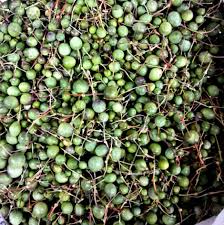
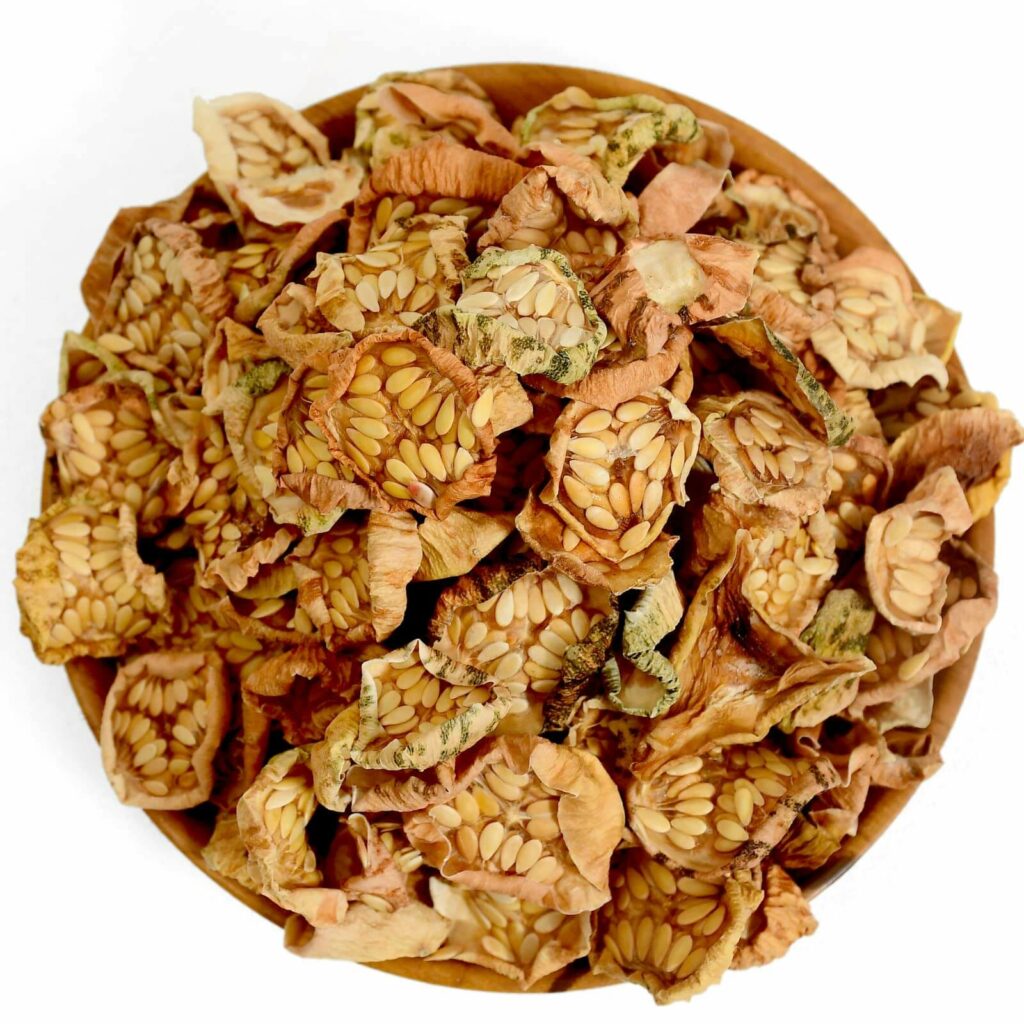
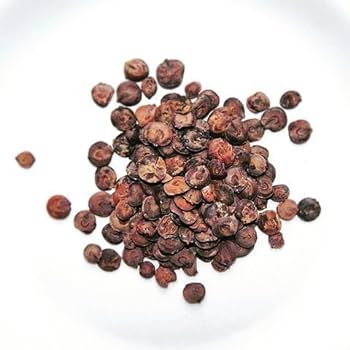
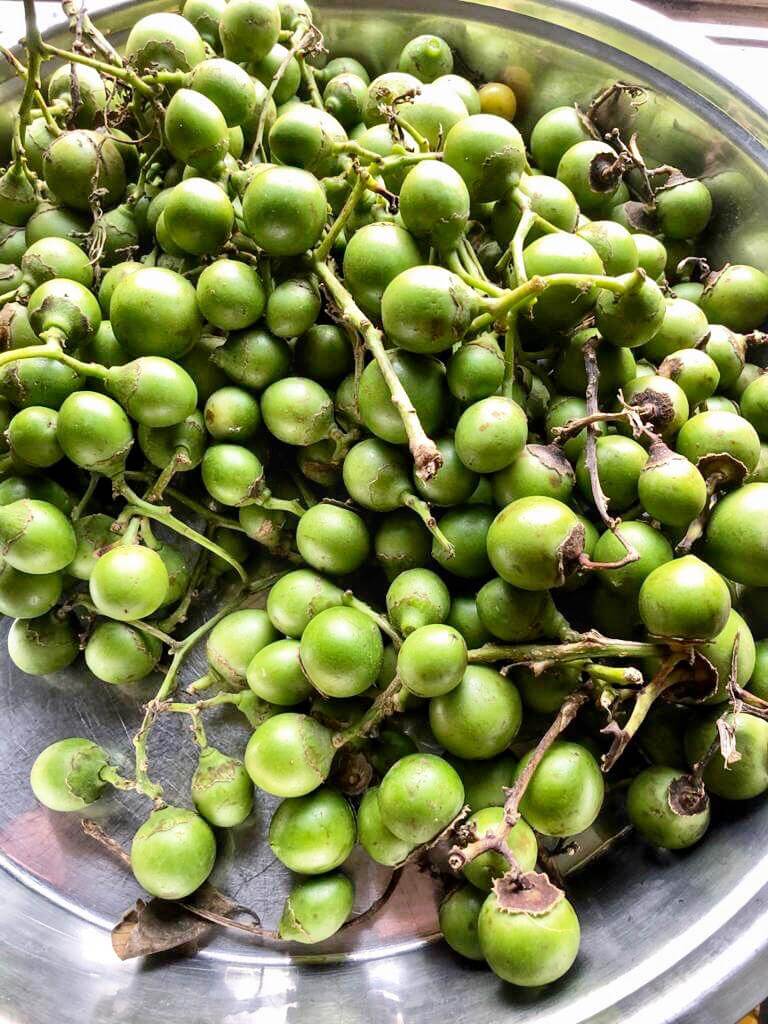
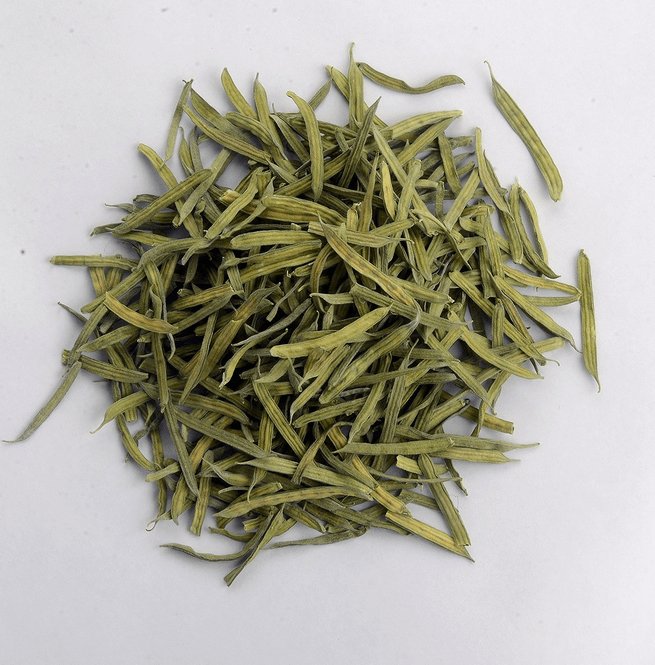
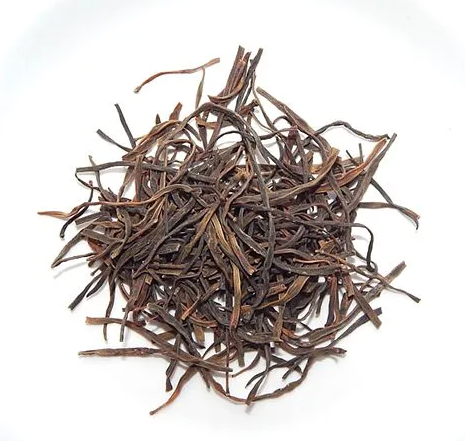
More than just a meal, these sun-kissed delights are a story etched in pods and seeds. It’s a story of adaptation, of making the most of what the harsh desert offers. It’s a story passed down through generations, whispered in the rustle of dried leaves and the sizzle of spices.
So, the next time you encounter a dish made from Rajasthan’s dried treasures, remember it’s more than just food. It’s a whisper of the desert’s resilience, a celebration of flavor and resourcefulness, and a testament to the enduring spirit of those who call this arid land home.
Sun-Kissed Superfoods: The Nutrient-Rich Dried Vegetables of Rajasthan / Sun-Kissed Superfoods: The Nutrient-Rich Dried Vegetables of Rajasthan / Sun-Kissed Superfoods: The Nutrient-Rich Dried Vegetables of Rajasthan


